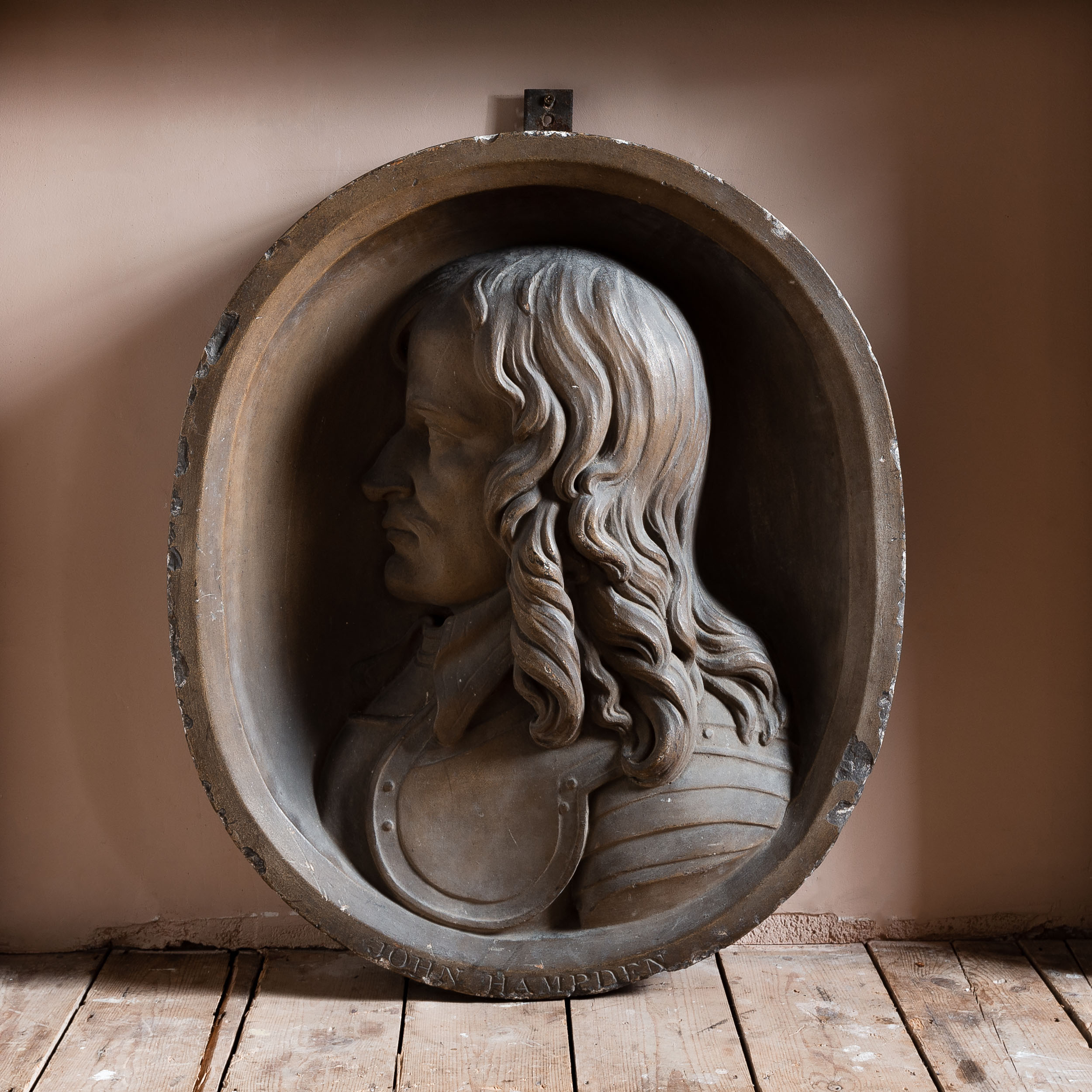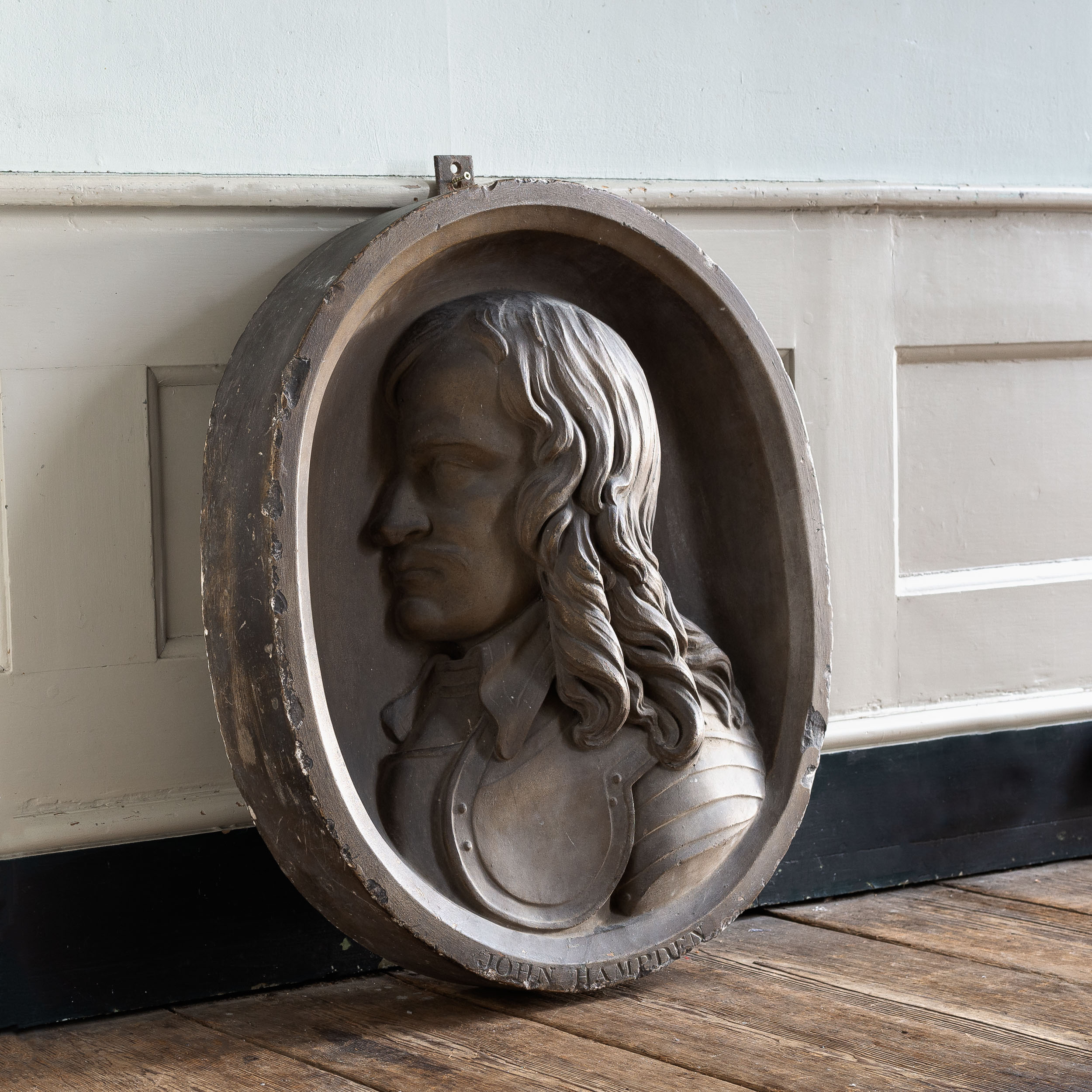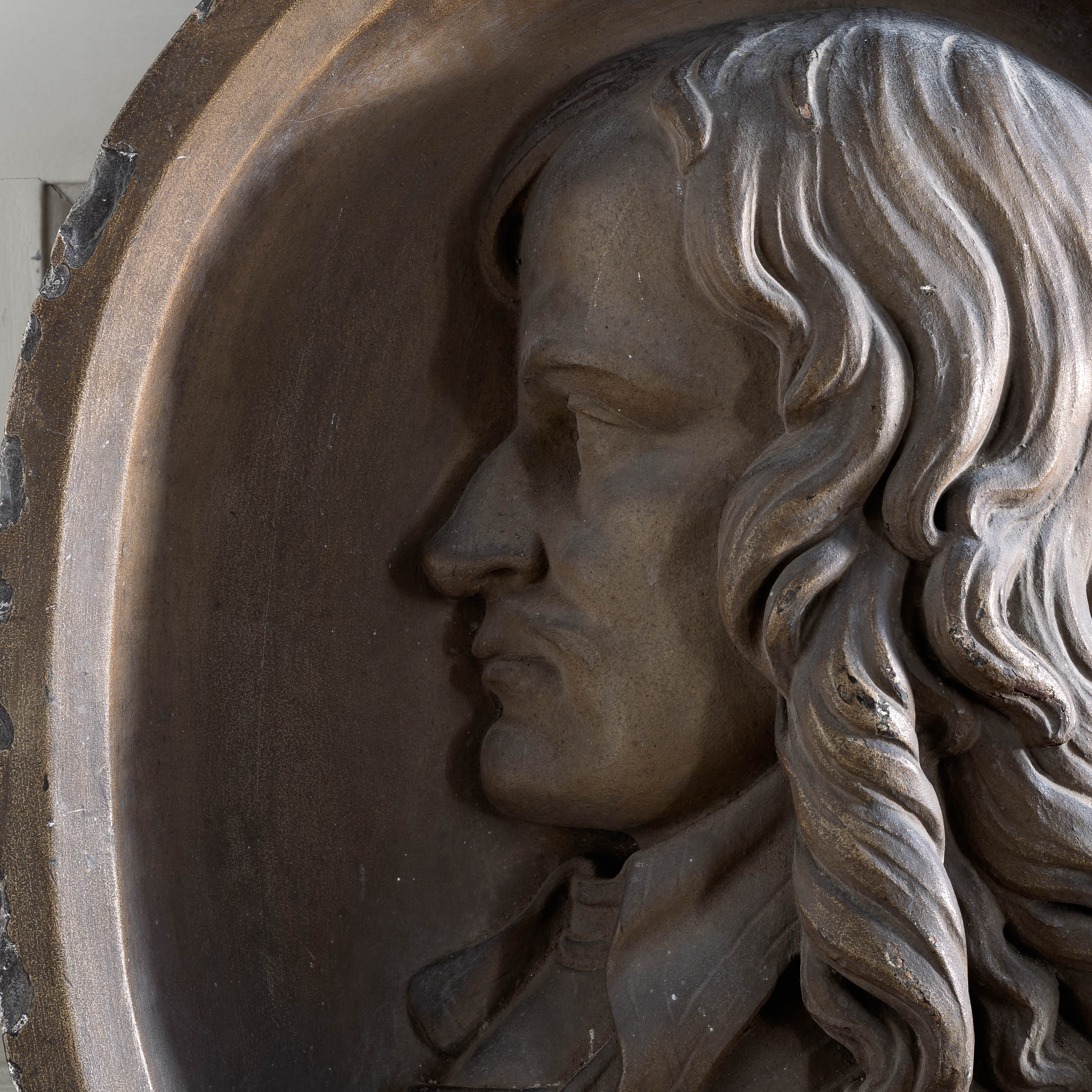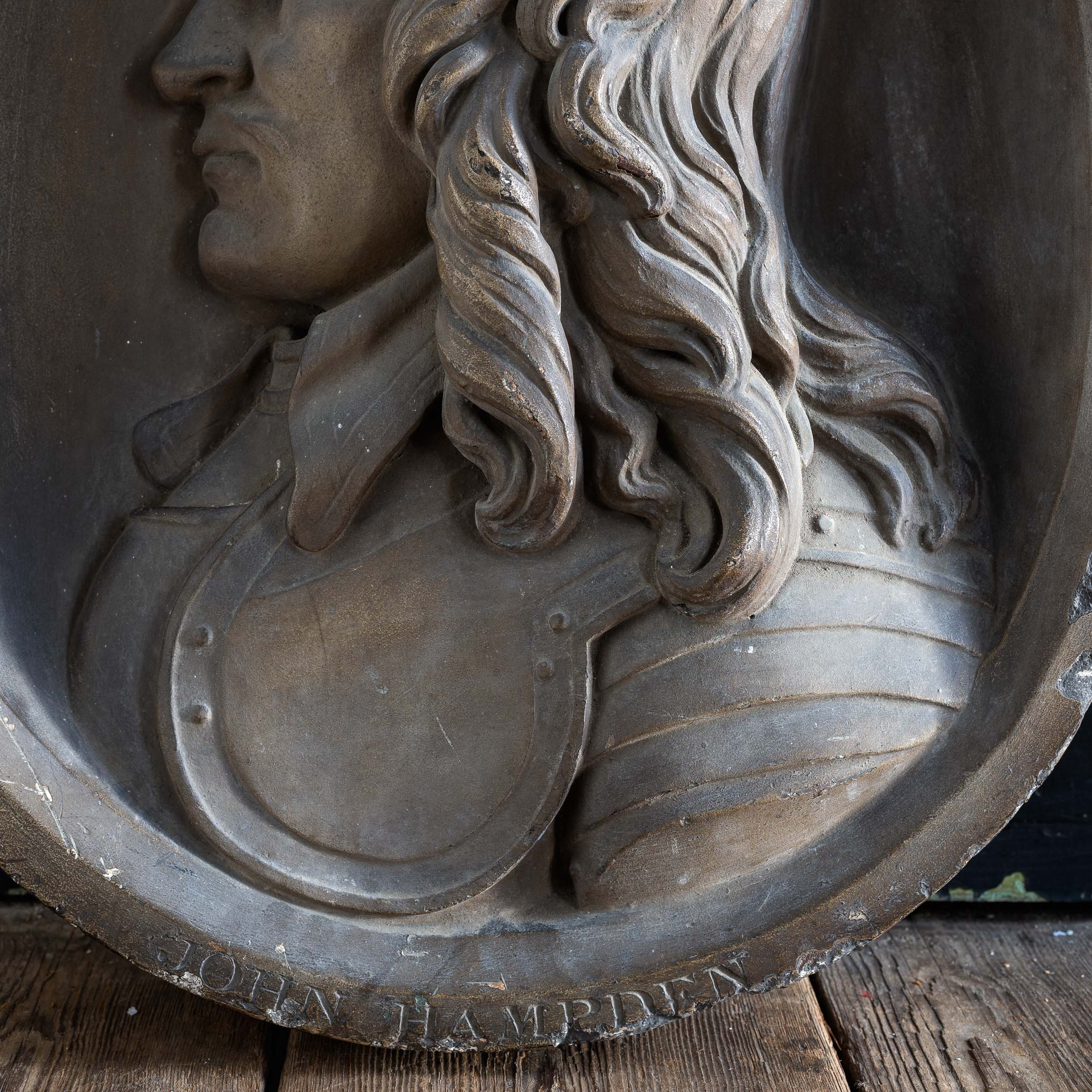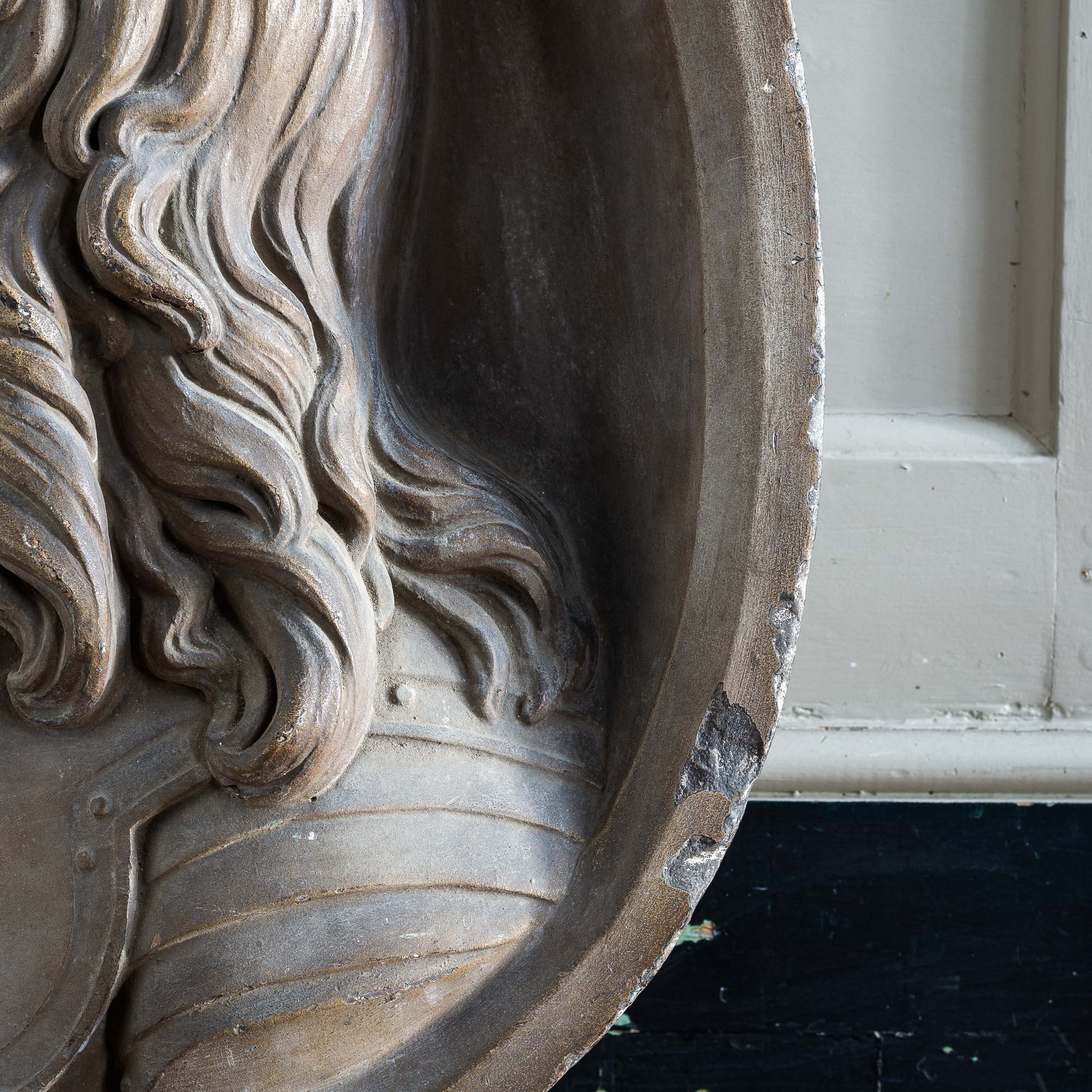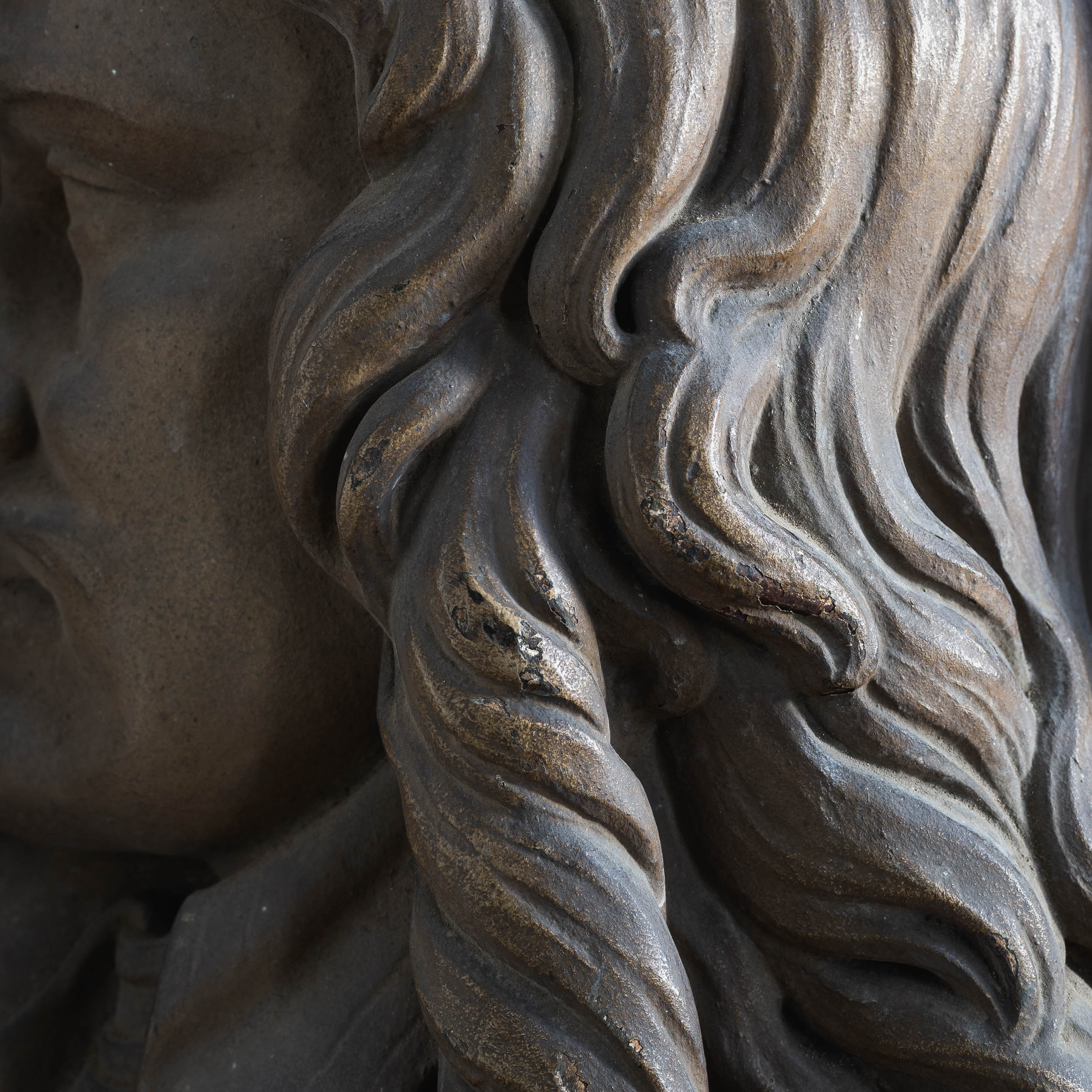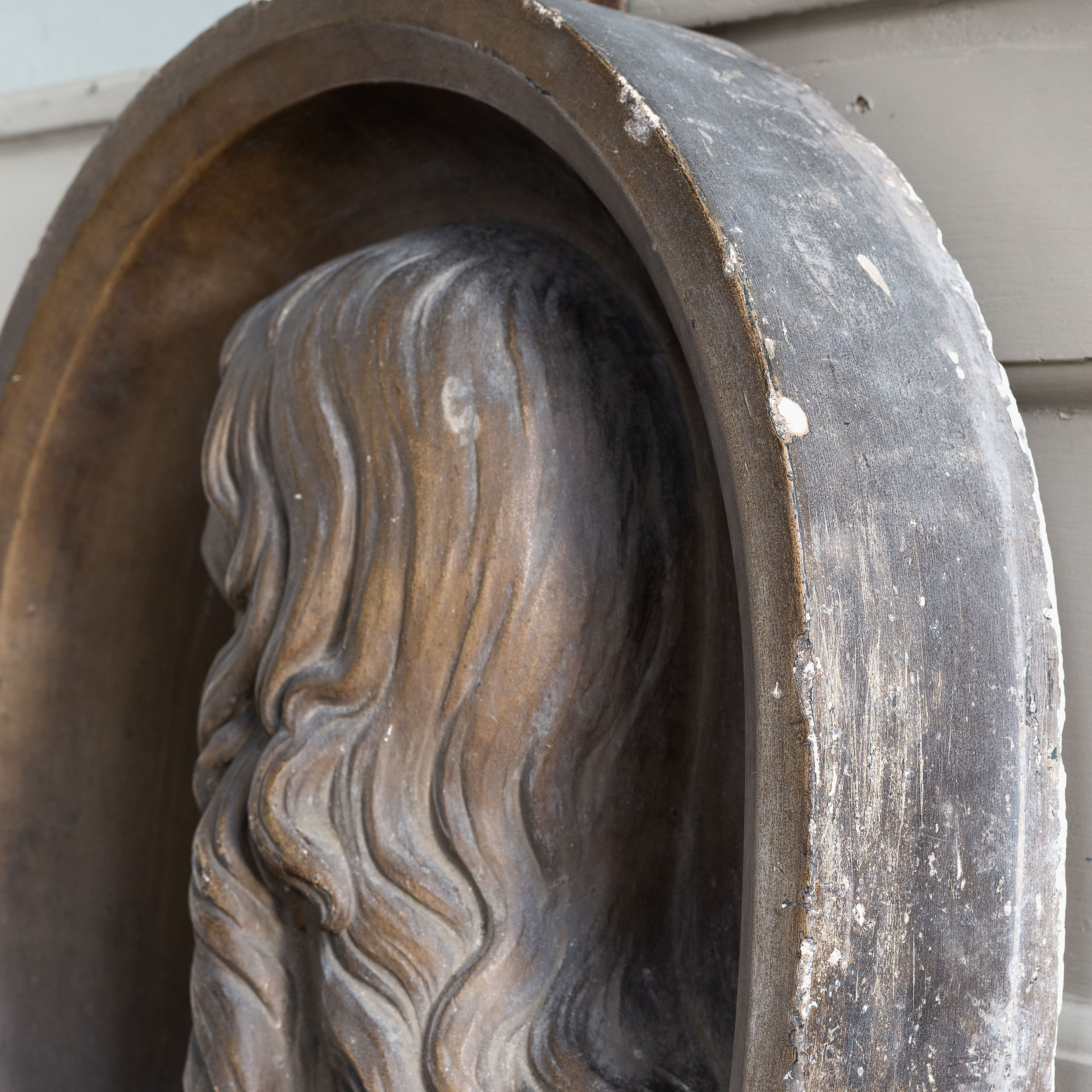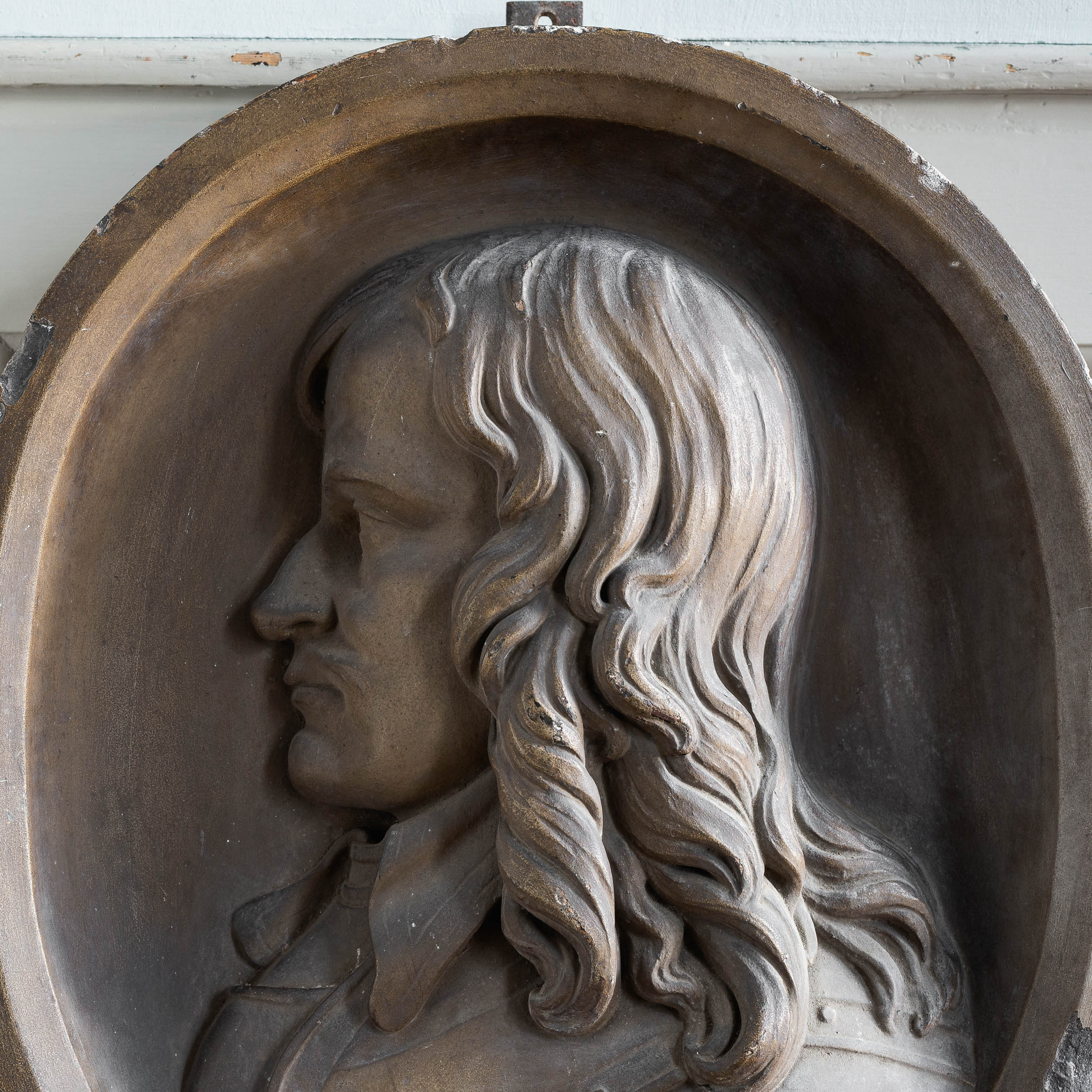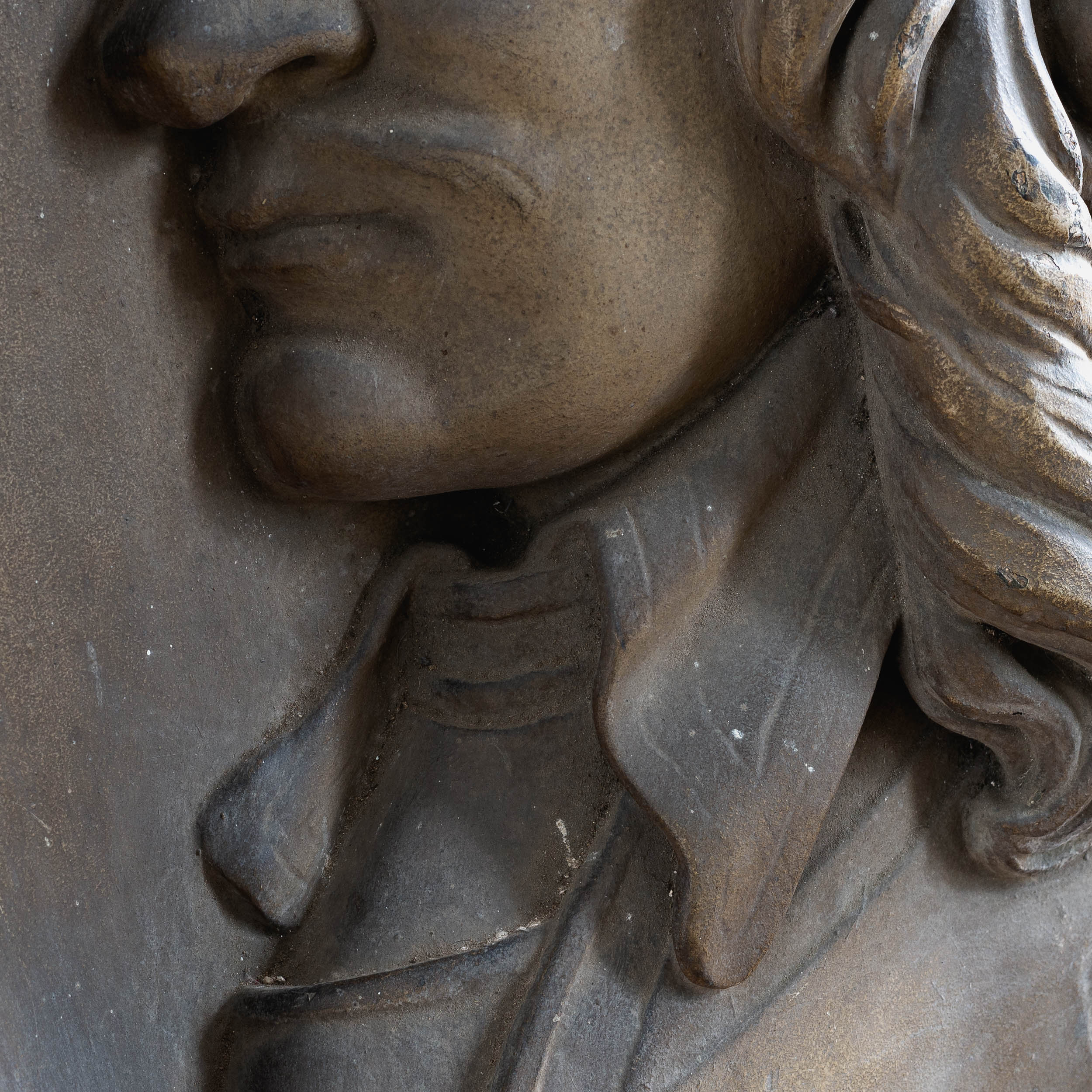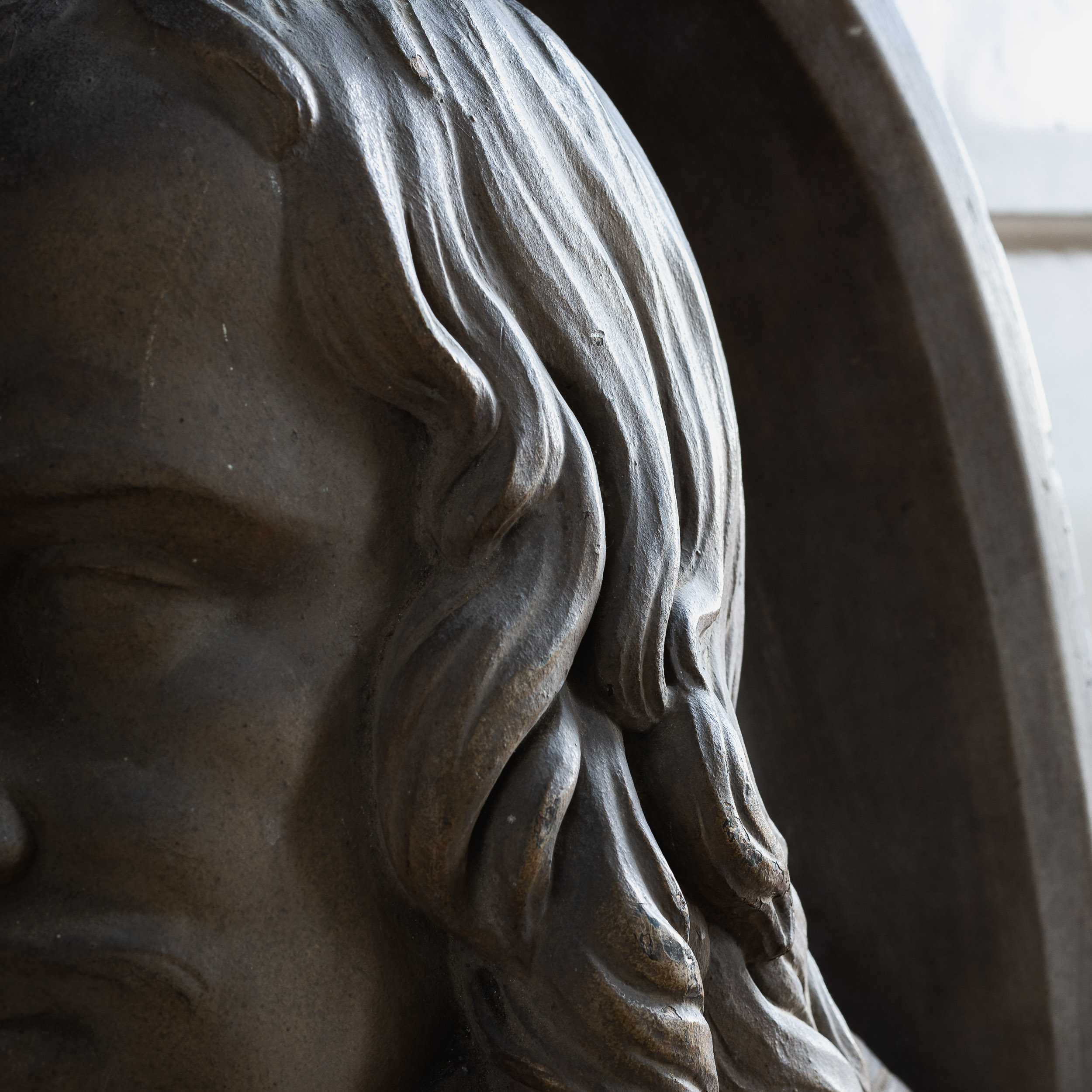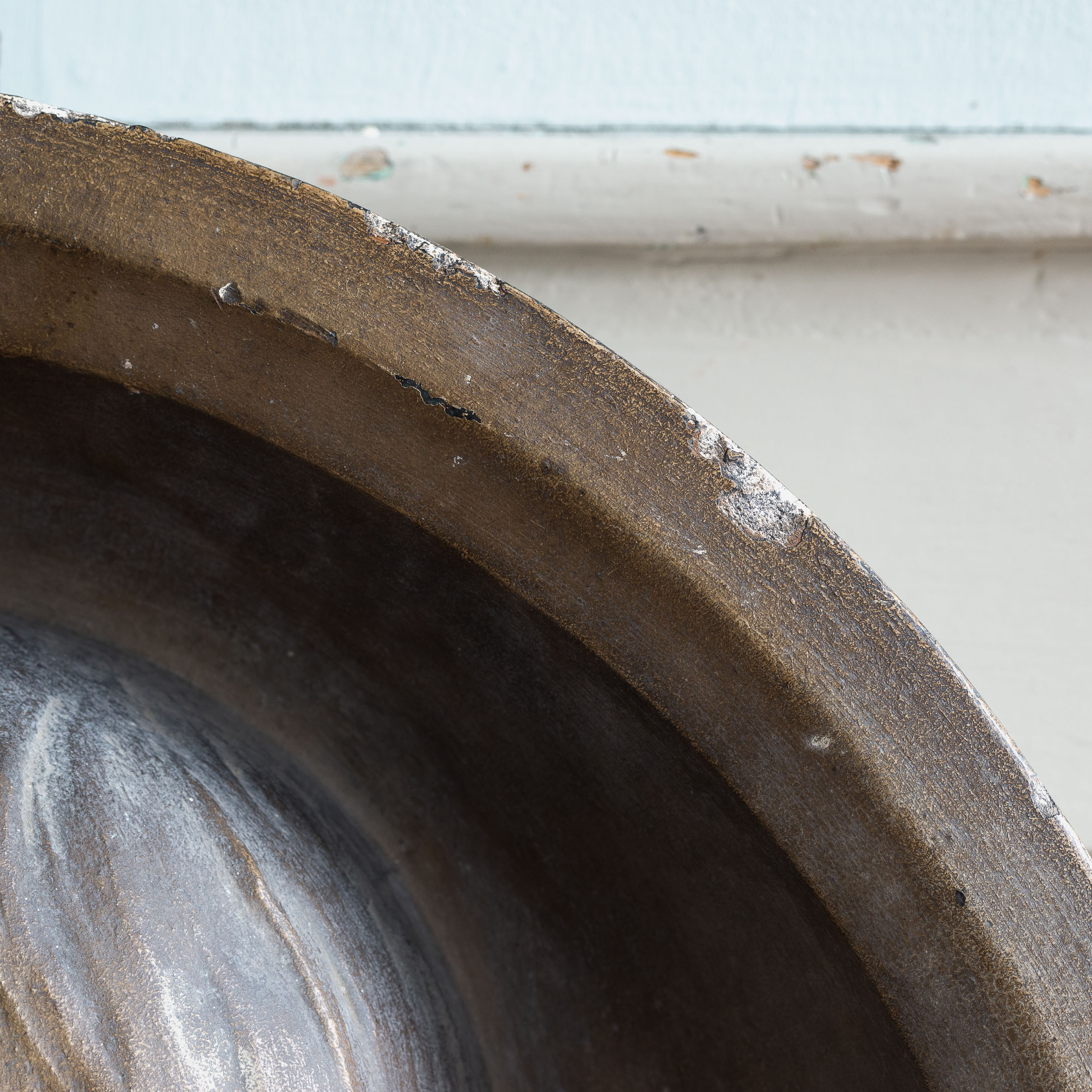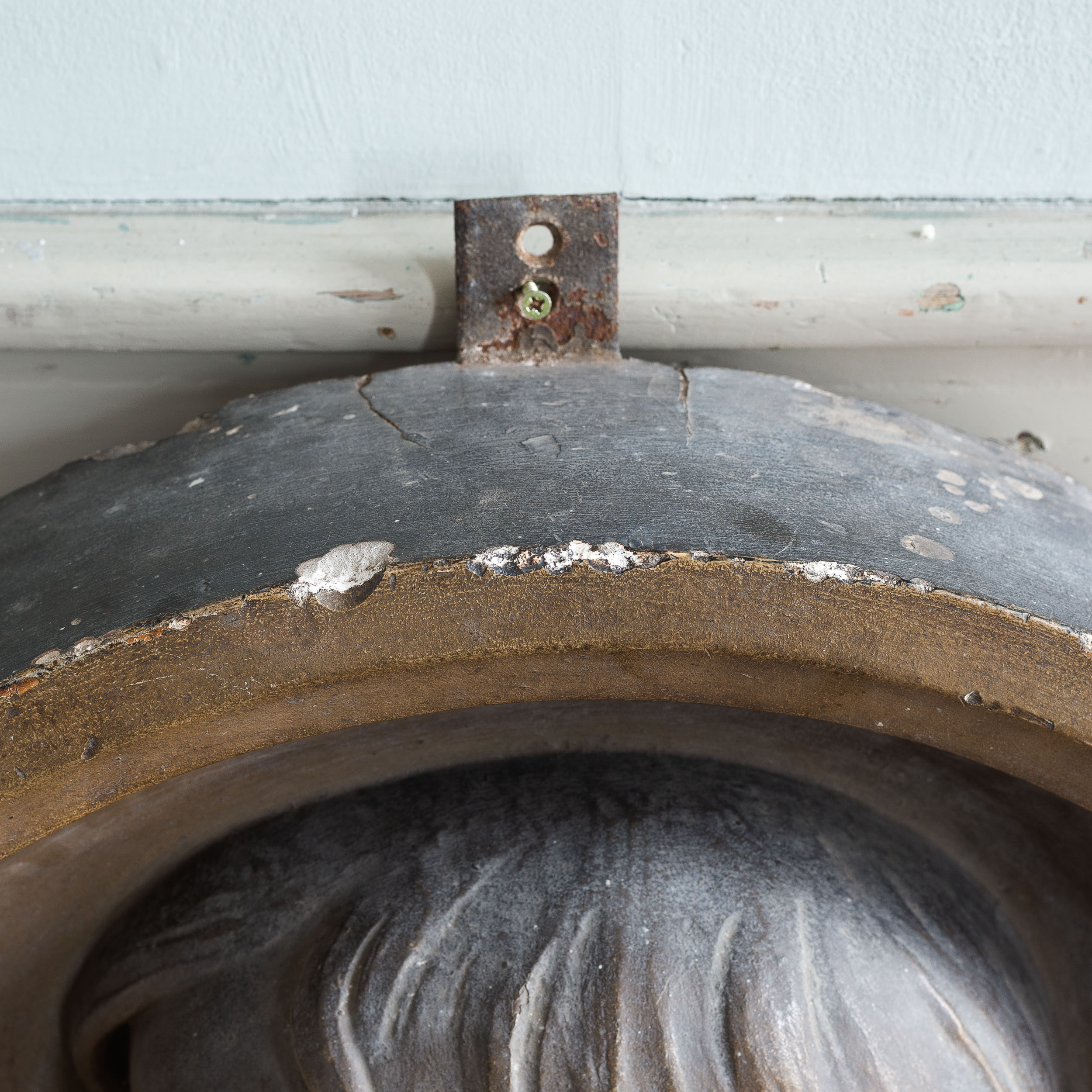Archived Stock - This item is no longer available
Nineteenth century plaster portrait medallion of John Hampden,
after the original from his monument in Chalgrove, Oxfordshire, c.1843, by William Scoular (1796-1854),
cast in deep relief with 'JOHN HAMPDEN' impressed to the bottom rim, with fixing strap to rear.
SOLD OUT
In stock
The original of this was carved in marble for Hampden’s monument in Chalgrove, Oxfordshire, c.1843 by William Scoular and remains today. It is known that plaster facsimiles were made at the time to be sold as souvenirs.
Recently Viewed Items
-

Natural History of Carolina, Florida and the Bahama Islands, published 1729 – 1747.
£225Natural History of Carolina, Florida and the Bahama Islands, published 1729 – 1747.
Mark Catesby was born in Essex to a family owned a farm and house, Holgate, in Sudbury, Suffolk. His acquaintance with the naturalist Reverend John Ray, a leading English naturalist of the late 17th century and co-author of an early classic study on birds started Catesby’s life-long becoming interest in natural history, which he went on to study in London. His life changes when in 1712, he arrived at Williamsburg, Virginia, accompanying his married sister Elizabeth Cocke and two of her children. During his seven-year stay in Virginia that Catesby developed a passionate in the native flora and fauna. He began collecting botanical specimens, especially seeds, and sending them to friends in England and he met William Byrd II, who was an amateur naturalist, a member of the colonial Council and a Fellow of the Royal Society. When he returned to England in 1719, influential members of the Royal Society, then chaired by Sir Isaac Newton, had learned of his work in the colonies. Led by William Sherard, “one of the most celebrated botanists of the age,” members began soliciting sponsors to finance Catesby for a botanical expedition to South Carolina. By 1722, Catesby was again crossing the Atlantic to further his work in the New World. Catesby, was one of the first people to recognize how natural and man-made destruction and depredation of a species’ habitat lead to extinction. He was the first to depict birds, in conjunction with environmentally relevant plants. He returned to England in 1726, and then spent the subsequent two decades years developing his work that would eventually be published as, "The Natural History of Carolina, Florida, and the Bahama Islands" It was first fully illustrated study of the natural history of North America and the most comprehensive to date. Working virtually alone, Catesby personally oversaw every aspect of the work’s production, even learning the difficult art of etching on copper plates. To finance this expensive printing project, Catesby sought subscriptions, offering his book in sections of 20 plates to be published every four months. Published in eleven sections and featuring more than 220 hand-coloured etchings. Published in eleven sections and featuring more than 220 hand-coloured etchings. He personally presented the first section to Her Majesty Queen Caroline in May 1729, and later he dedicated the first volume of the Natural History to her. Following a collapse, Mark Catesby died at his home on Old Street, London, on 23 December 1749, and he was buried in the churchyard of St Luke’s Church£225 -
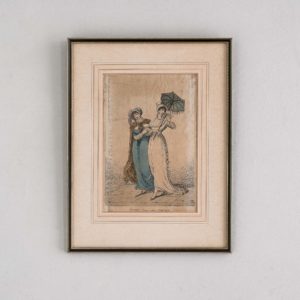
Seven Shilling Pieces
£200Seven Shilling Pieces
A hand coloured Georgian satire on the cost of female companionship at the Covent Garden Opera. Two courtesans fashionably dressed in the style of the period are shown arm-in-arm, walking along a pavement. One (right) holds up an open sunshade and a card inscribed 'Miss Oldprice Covent Garden'.£200 -
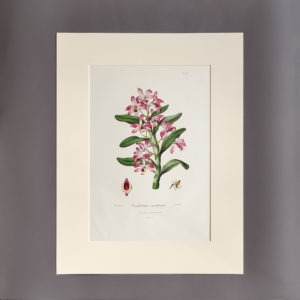
Sertum Orchidaceum by John Lindley 1838
£95 eachSertum Orchidaceum by John Lindley 1838
Spectacular large-scale prints of the most beautiful known Orchids selected, selected by John Lindley, perhaps the greatest early orchidologist, drawn by Sarah Anne Drake and lithographed by Maxime Gauci. Although John Lindley is now known as a botanist of wide accomplishments, the study of orchids had been an area of special interest to him from early in his career when he was employed by the orchid specialist William Cattley.£95 each

